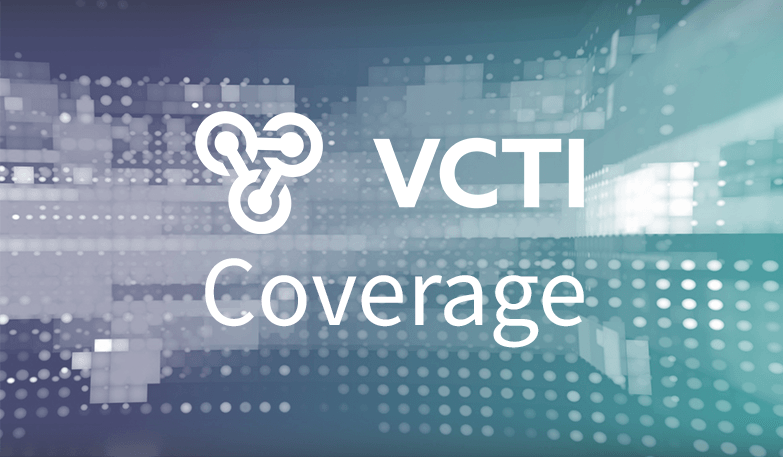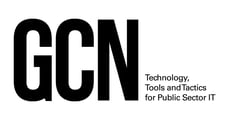4 steps to better broadband services

 By Raj Singh, Lorne Liechty Apr 28, 2020
By Raj Singh, Lorne Liechty Apr 28, 2020
Before we ever heard of “social distancing,” initiatives for municipal broadband internet were gaining steam as cities looked to offer equitable broadband access. That was before governments took drastic action to flatten the curve of the COVID-19 pandemic, issuing stay-at-home directives for businesses and schools for weeks, perhaps months.
The pandemic has produced a sudden shift in broadband traffic, placing intense pressure on residential broadband networks as businesses suddenly moved to home offices with extensive reliance on video conferencing. Children, teenagers and college students are online, distance–learning and streaming entertainment. Health care practices are transitioning to telemedicine to reduce in-person visits. While we know that this immediate crisis will eventually pass, we don’t know if social distancing will become part of our new normal.
How can municipal leaders develop quick and cost-effective plans to boost capacity of consumer networks for this immediate crisis and provide a blueprint for the future?
The game plan is simple. Here are the four steps they need to take today.
1. Understand the assets. Municipal leaders should sit down with the telecom/cable companies servicing their communities to gather information on the capacity of the community’s backbone network, the location of central office(s), along with details on wireless towers, aerial and buried cables and equipment and fill rate. They should also research sources of power to ensure the fastest path has an adequate power supply.
Some cities such as Chattanooga, Tenn., Fort Collins, Colo., and now Seattle have developed their own municipal broadband internet services, but they first invested resources in gathering the information required to develop a comprehensive plan. In some communities, power and utility companies have deployed fiber networks and should join this coalition to leverage all the assets for the fastest, broadest benefit.
2. Understand the capacity. After inventorying assets, cities must understand the level of service their existing network can deliver. Surprisingly, inaccurate network inventory can actually lead to a significant number of households being artificially limited to slower service when, in fact, the network in the ground is capable of delivering far greater speeds.
Another “bluebird” opportunity is leveraging those existing assets. Have a look at the fiber serving the schools. Are there homes along that route that could use that fiber? The same holds true routes to hospitals, industrial parks and the utility companies. This is the time to make the most of the assets already in place, because the fastest path to improving broadband performance is opening up the service without investing in new network infrastructure.
It’s also time to identify real capacity issues. Are there neighborhoods that are notorious for having broadband problems?
City leaders will find that they need to make some assumptions on existing capacity, so they should consider defining best and worst case scenarios as well as most probable – and be sure to question capacity assumptions that are inherent in the original infrastructure plans.
3. Understand the demographics. Ultimately, municipalities must understand the immediate and near-term new normal for local neighborhoods to reveal neighborhoods that are underserved. Network managers should ask:
- Where are there higher populations of adults working from home?
- Where are the households with teenagers and tweens?
- Where are there clusters of elderly potentially needing more telemedicine?
- Where are new or planned apartment complexes? How many apartments and how many people live in each apartment?
- What’s happening in neighborhoods with either faster adoption of new services and/or higher levels of customer disconnects?
- Where are there underserved populations, for geographic or economic reasons?
Overlay the demographics against current capacity to identify those customers who need better services to operate in this new paradigm without any new network infrastructure or upgrades.
4. Understand the options. In a perfect world, consumer households would be served by a fiber network delivering a minimum of 1 gigabit/sec to their door. However, when only 2% of the world’s population is within 10 kilometers of fiber, most communities need other options.
This means being able to model out comparisons across the different technologies such as fixed wireless technologies, private LTE, fiber to the prem, fiber splitting and fiber upgrades or a mixed architecture.
Municipalities should consider the services they can offer at what cost per household; the combination of technologies gets the fastest speeds to the most homes within the constraints of the budget; and the advantages and disadvantages of those technology choices.
Only then will city leaders have the data they need to focus on underserved demographics and develop the most cost-effective plan to serve them.
About the Authors
Raj Singh is the CEO of VCTI.
Lorne Liechty is the CEO of EDX Wireless.


